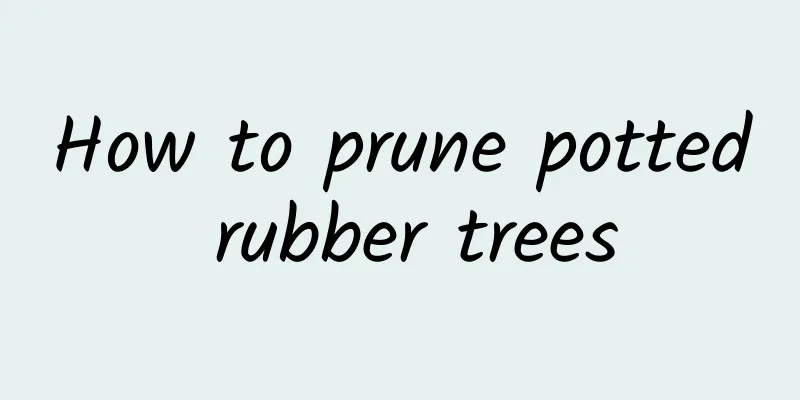What should I do if the jasmine leaves turn yellow, dry and fall off?

|
Jasmine is loved by many flower lovers for its white flowers and charming fragrance. Many flower lovers will choose to buy a few pots of jasmine at the flower market or online and place them at home. They are both beautiful and fragrant, and their beauty and fragrance can be appreciated all year round, even in the hot summer. However, in the process of caring for jasmine, some friends may encounter the problem of leaves drying up and falling off, especially in the later stages of care. Let’s learn what to do if the jasmine leaves turn yellow, dry and fall off? 1. Watering problem Jasmine requires ample water during the growing and flowering seasons. Improper watering habits, such as too much or too little, can lead to root problems, which can cause leaves to dry out and fall off. The correct approach is to water the soil thoroughly when the soil surface is dry to avoid soil compaction and water accumulation. 2. Improper fertilization Jasmine grows quickly and blooms frequently, and requires adequate fertilizer support. However, excessive fertilization or high concentrations can cause root burn, leading to leaf burn and shedding. The principle of "thin fertilizer and frequent application" should be followed, and fertilizers with high phosphorus and potassium content should be applied at least 2 to 3 times a month to promote healthy growth and flowering. 3. Pests and diseases If the home is poorly ventilated and the humidity is high, jasmine may be invaded by pests such as red spider mites and whiteflies. These pests suck water and nutrients from the plant, causing the leaves to dry up and fall off. Check your plants regularly and take prompt steps to treat any infestations you find. 4. Environmental adaptation In the northern winter, low temperatures may cause jasmine leaves to turn yellow, dry up and fall off, which is a natural phenomenon as the plant enters a dormant state. The temperature should be kept above 10 degrees, avoid cold winds, and ensure sufficient light and moderately moist soil to help jasmine survive the winter safely. In short, although the maintenance of jasmine is simple, you need to pay attention to the above points to avoid the problem of leaves drying up and falling off. By watering properly, fertilizing at the right time, preventing and controlling pests and diseases, and adapting to environmental changes, you can ensure that jasmine flowers grow vigorously throughout the year, bloom continuously, and emit a charming fragrance.
|
<<: Bayberry cultivation methods, what are the breeding methods
>>: Bayberry potted plant maintenance method, what are the precautions
Recommend
What to do if black spots appear on Anthurium leaves
1. Improper moisture If black spots appear on the...
The Flower Language and Legend of Elm
Elm Plant Story "Yu" and "Yu"...
Disease control of iris
Soft Rot Water-like spots will appear on the leav...
Can gold diamonds be exposed to the sun? Are they afraid of the sun?
1. Whether you can get sun exposure It can bask i...
When is the best time to prune wisteria?
Wisteria pruning effect Wisteria grows relatively...
How to fertilize red maple bonsai, it will be stunningly beautiful if you do this!
Fertilize according to the growth habits of red m...
How to grow rue lily in winter
Antifreeze and keep warm In late autumn, after th...
If you do this little thing before watering, your flowers will no longer have root rot and will bloom unstoppably!
Do one more small action before watering, and the...
When do chrysanthemums bloom?
1. Flowering time Generally speaking, the floweri...
Reasons why Phalaenopsis does not bloom or has buds wither
Main causes and analysis Cultivation environment ...
How to trim Ophiopogon japonicus
When is the right time to mow Ophiopogon japonicu...
How to propagate red camellia
1. Cutting Time: mid-June to late August Method: ...
How often should I water the golden spider plant?
How often should I water the golden spider plant?...
Can plum trees be planted outside your home?
Can plum trees be planted at the doorstep? Plum t...
How to grow flame wood
1. Soil It is best to use loose, breathable and w...









